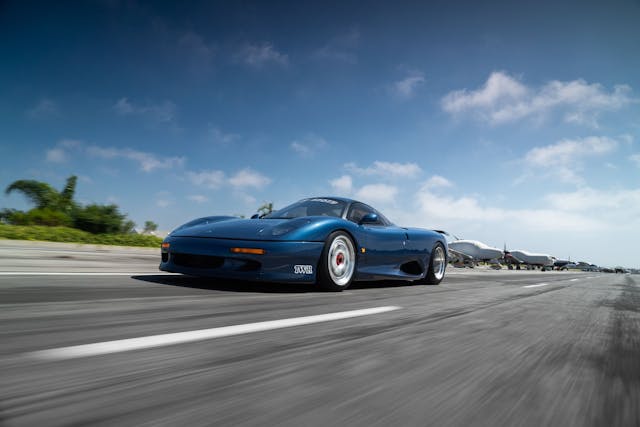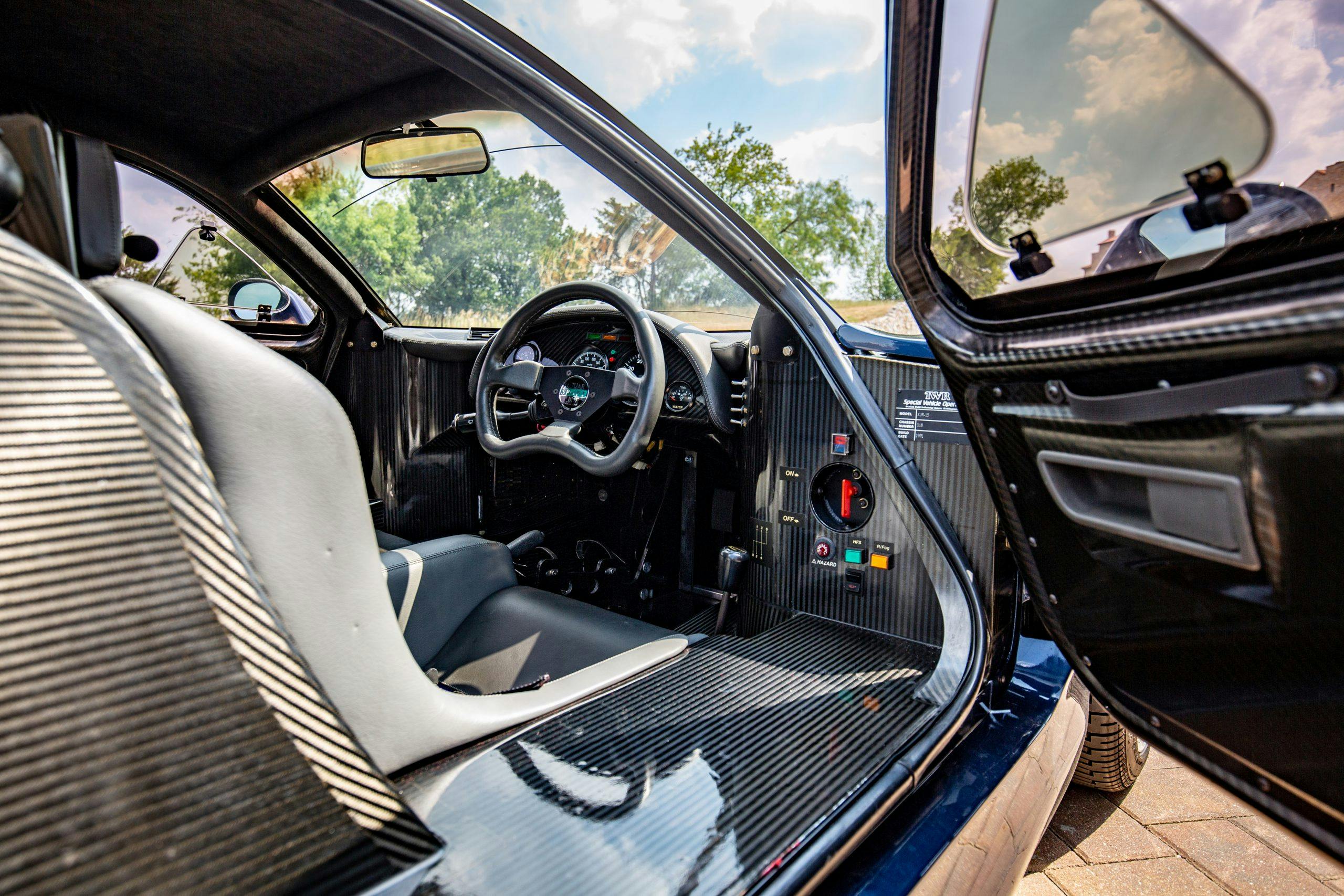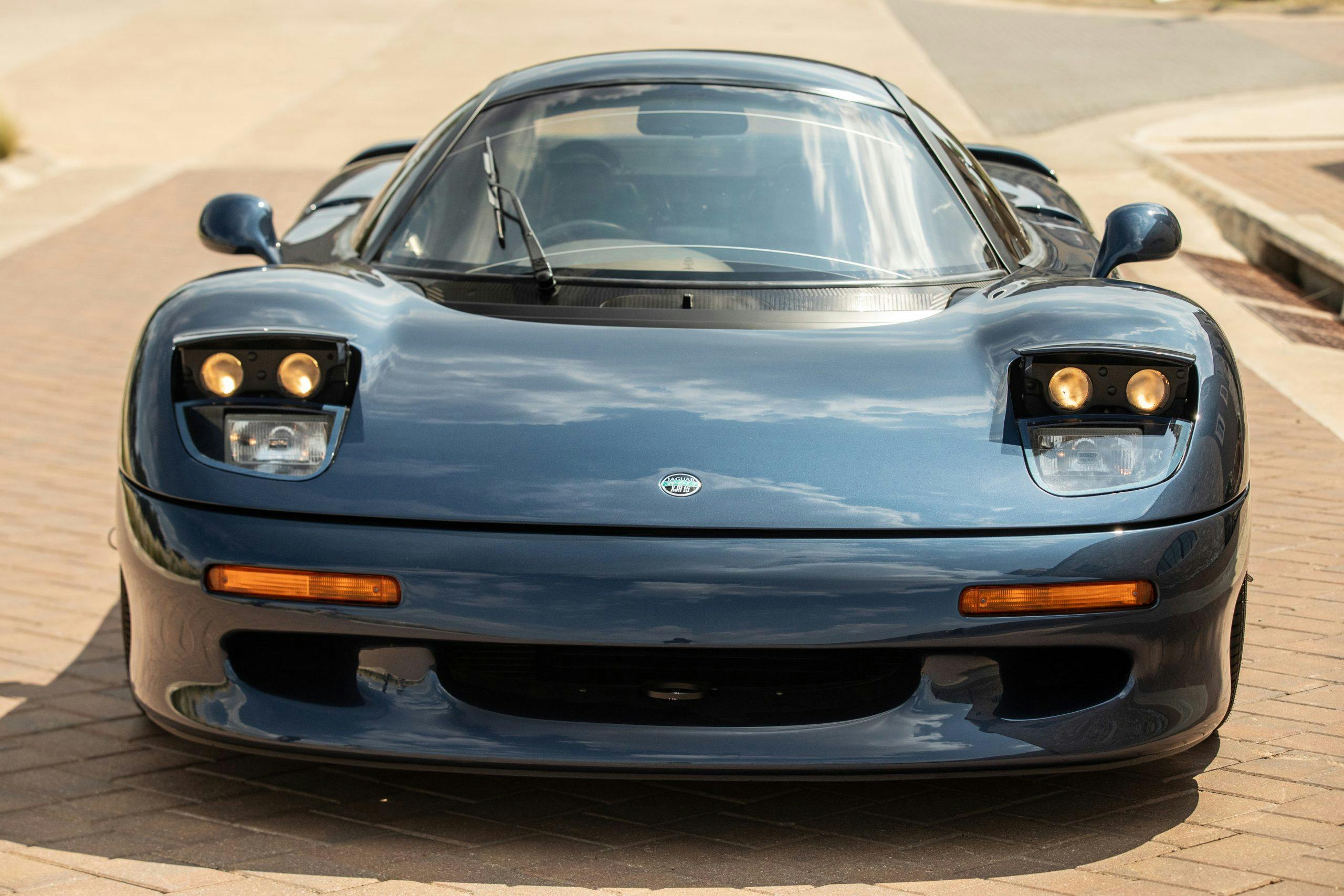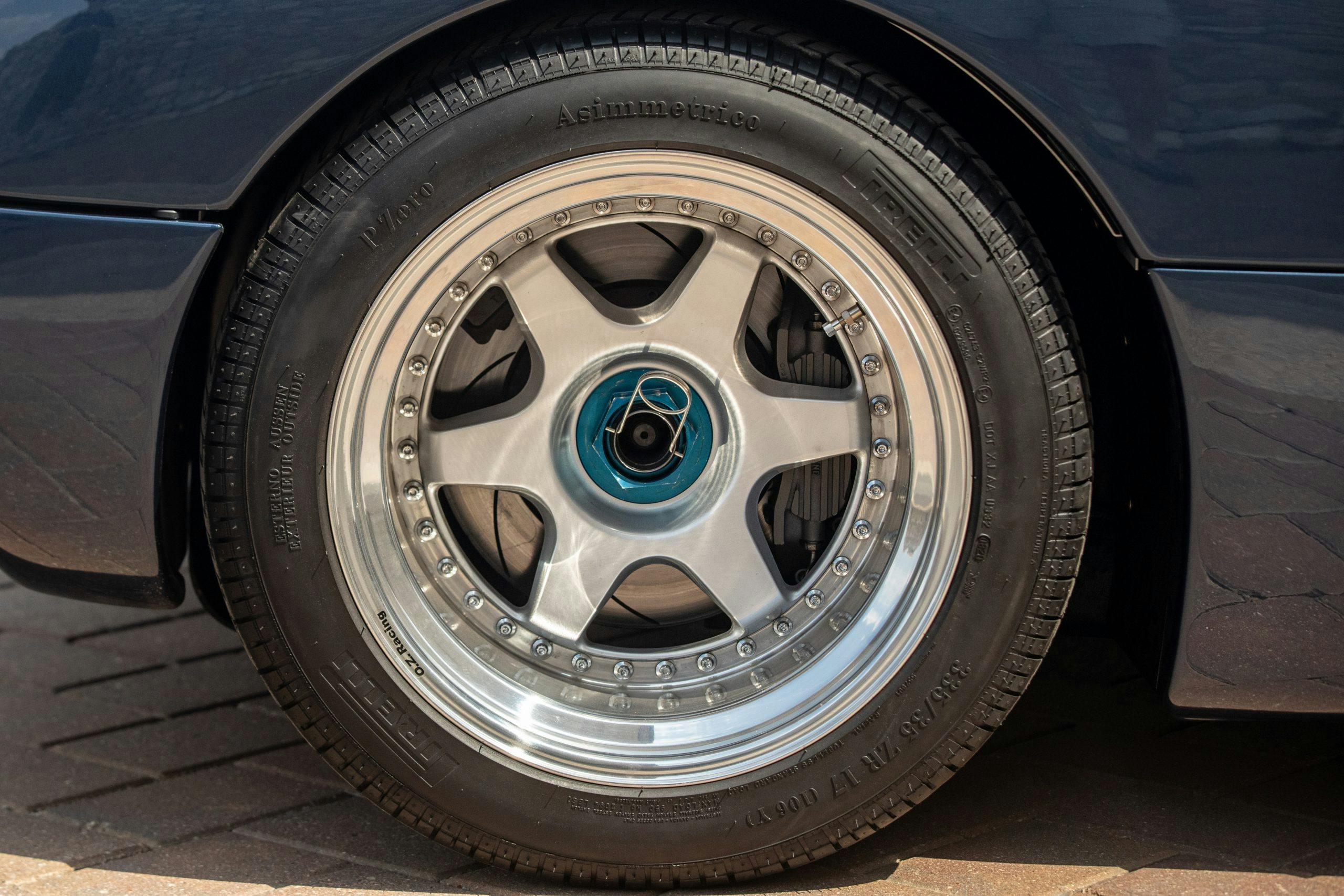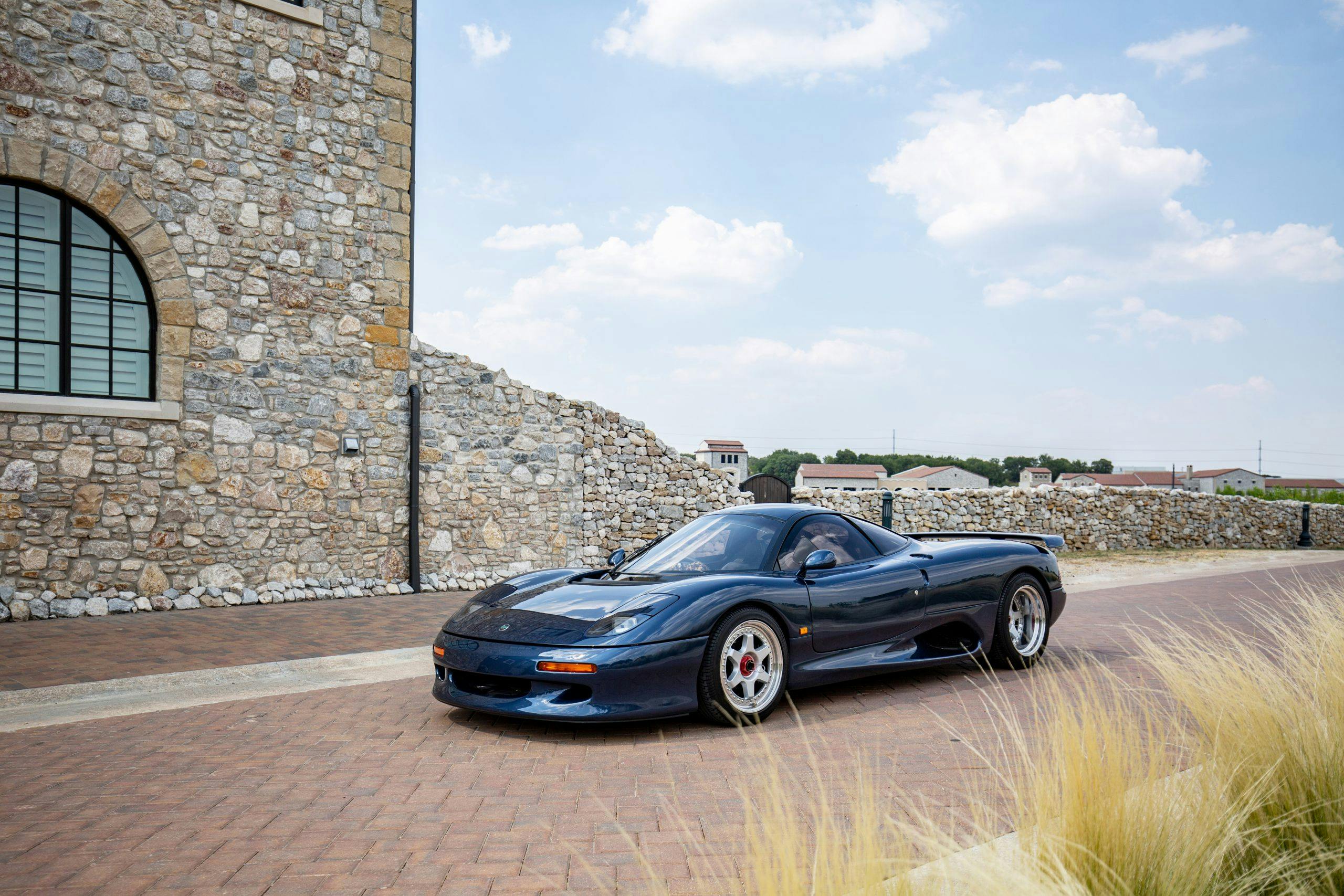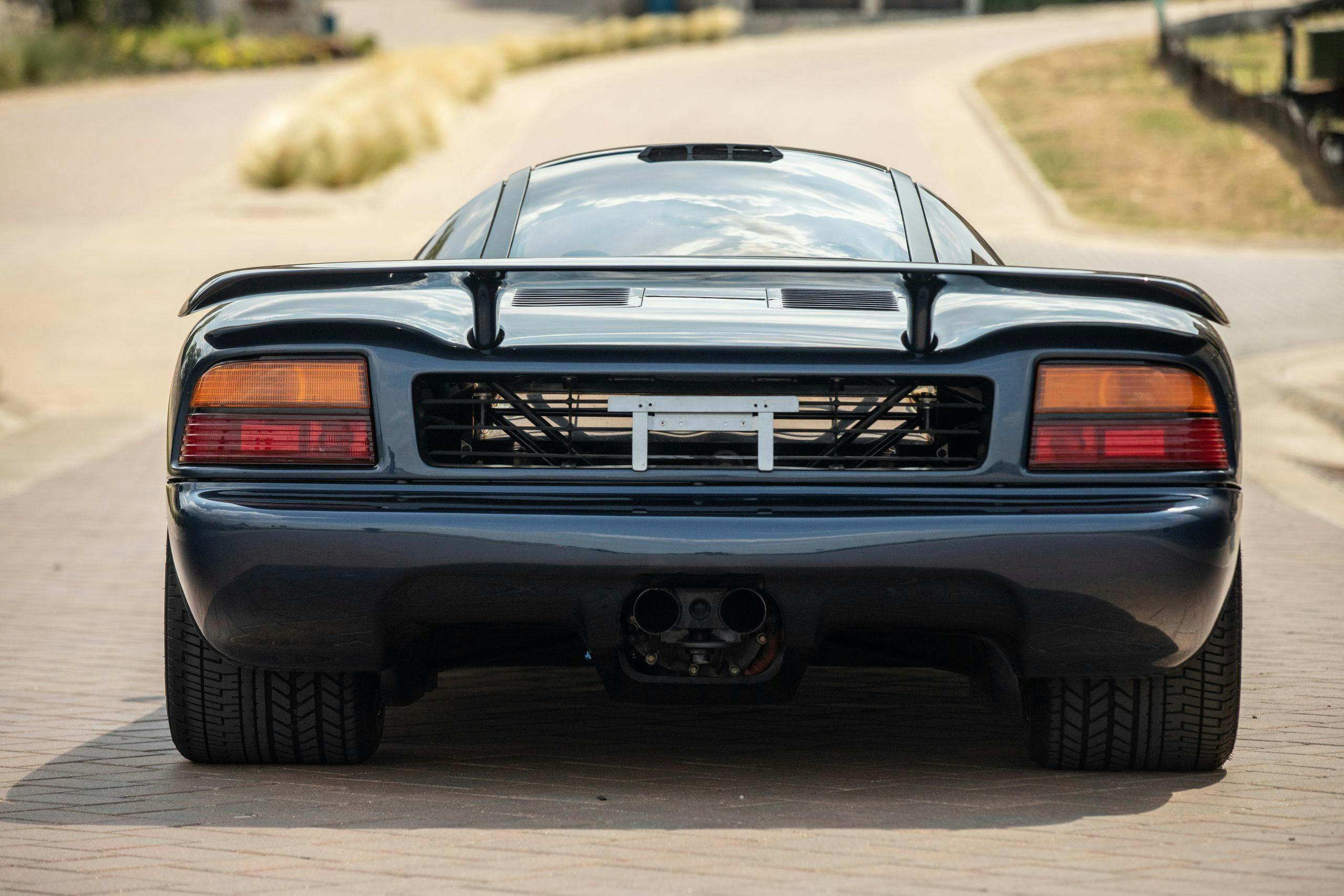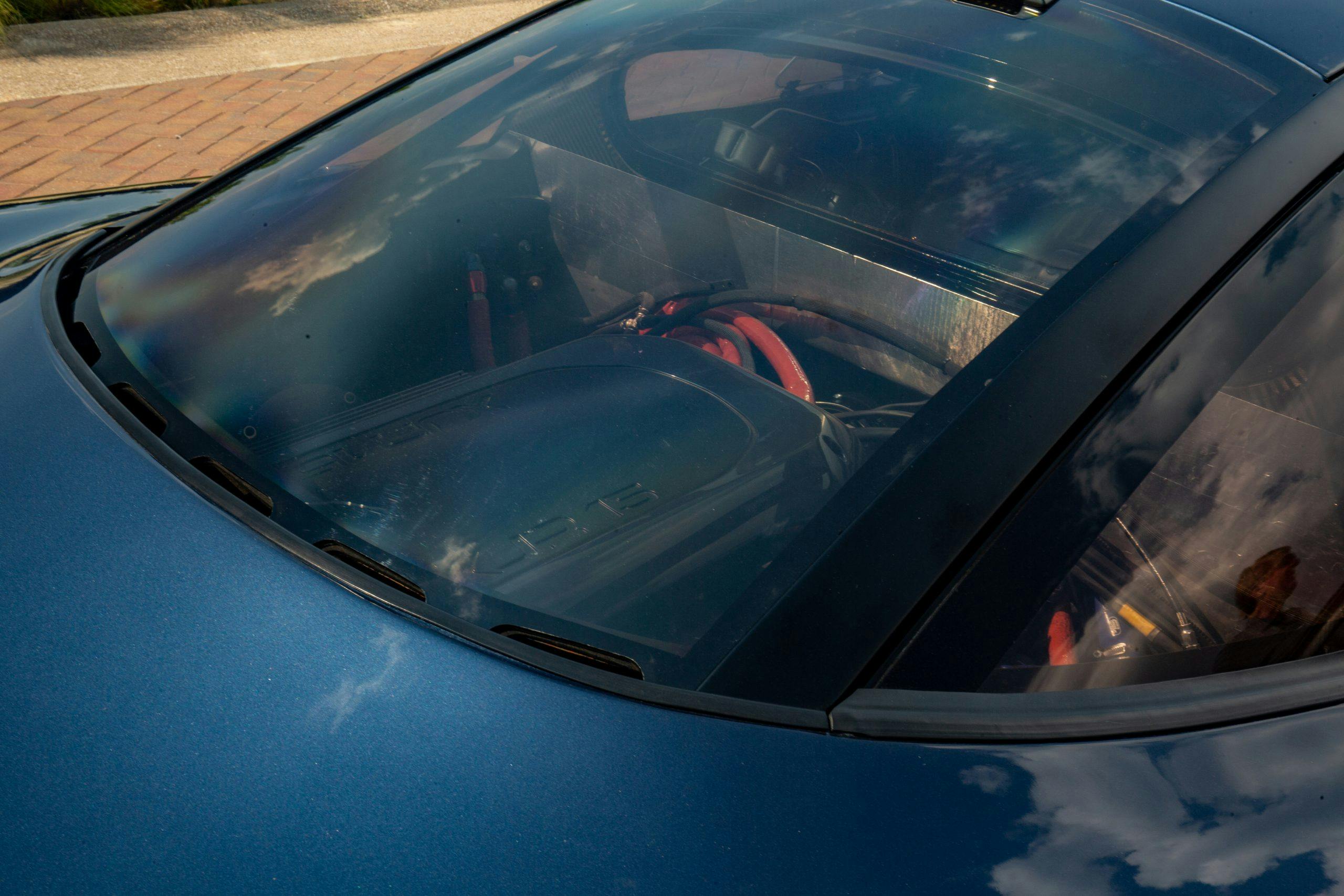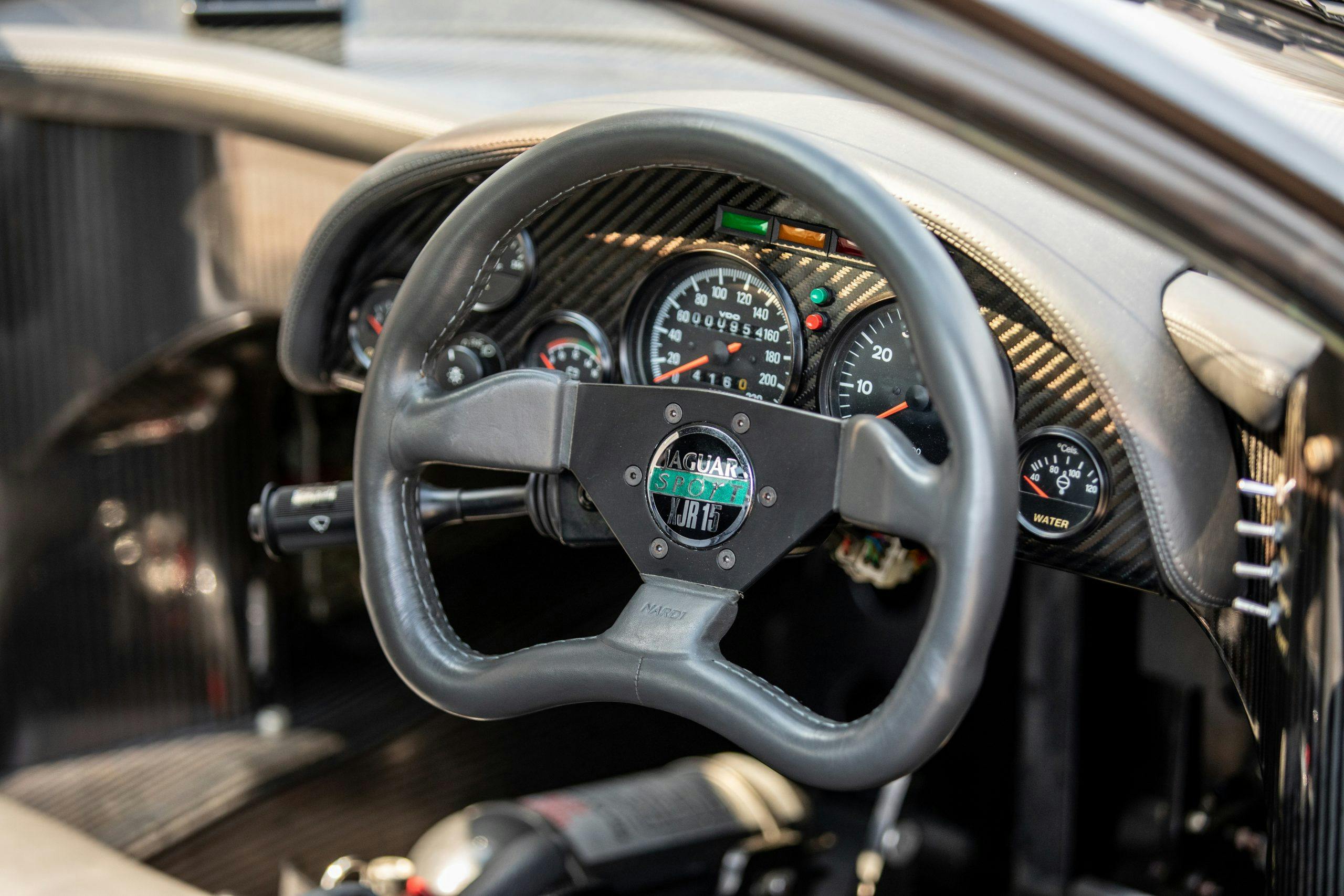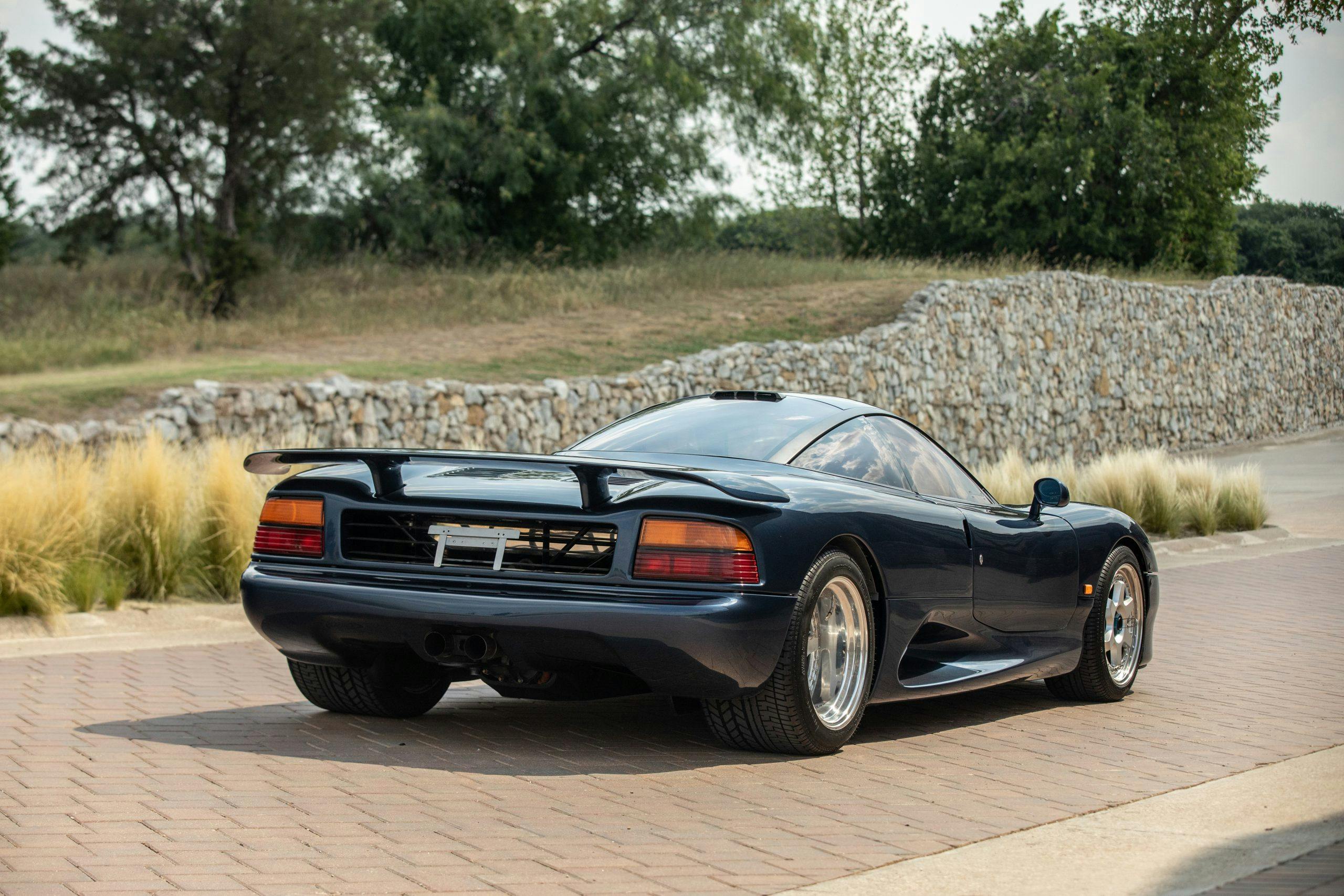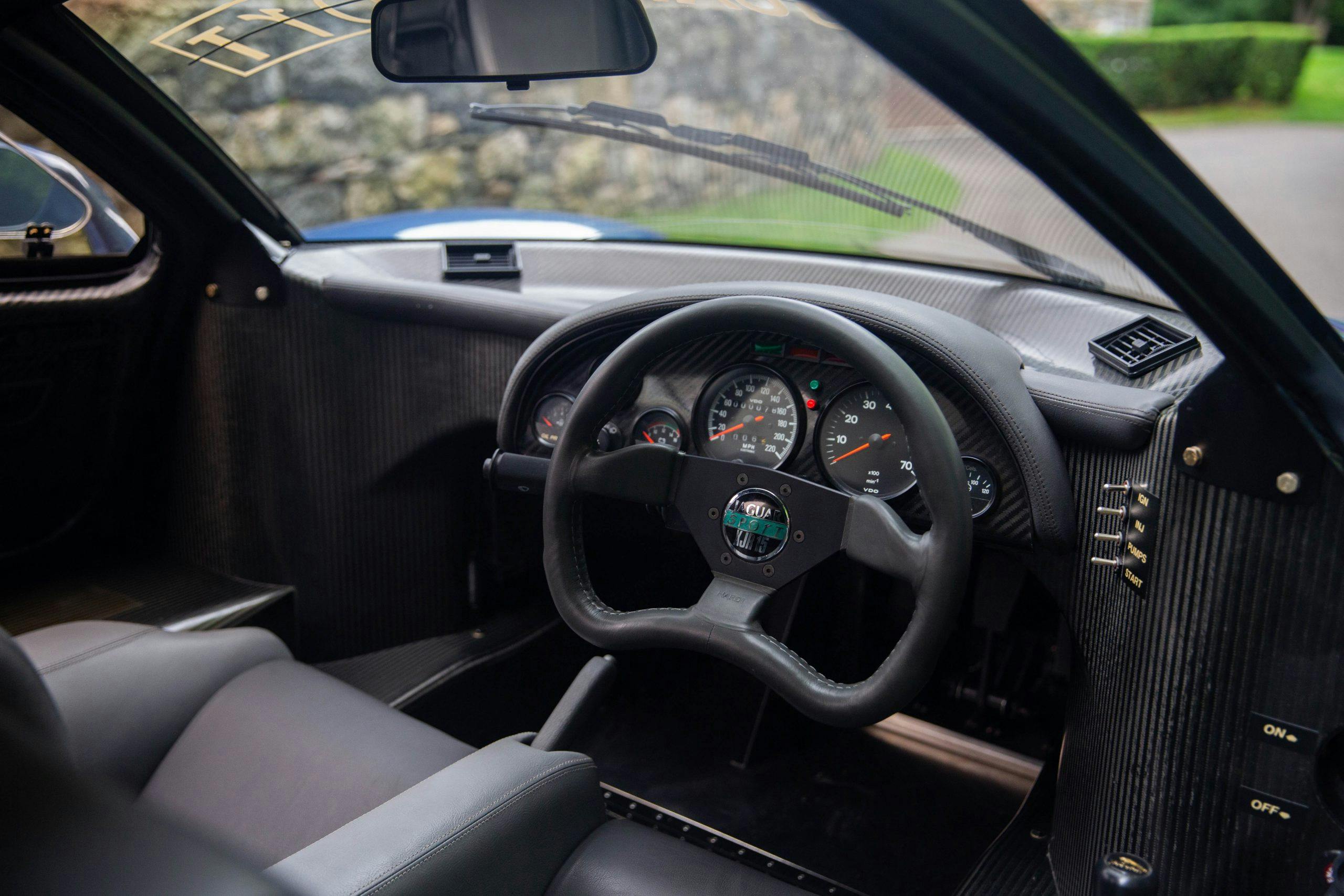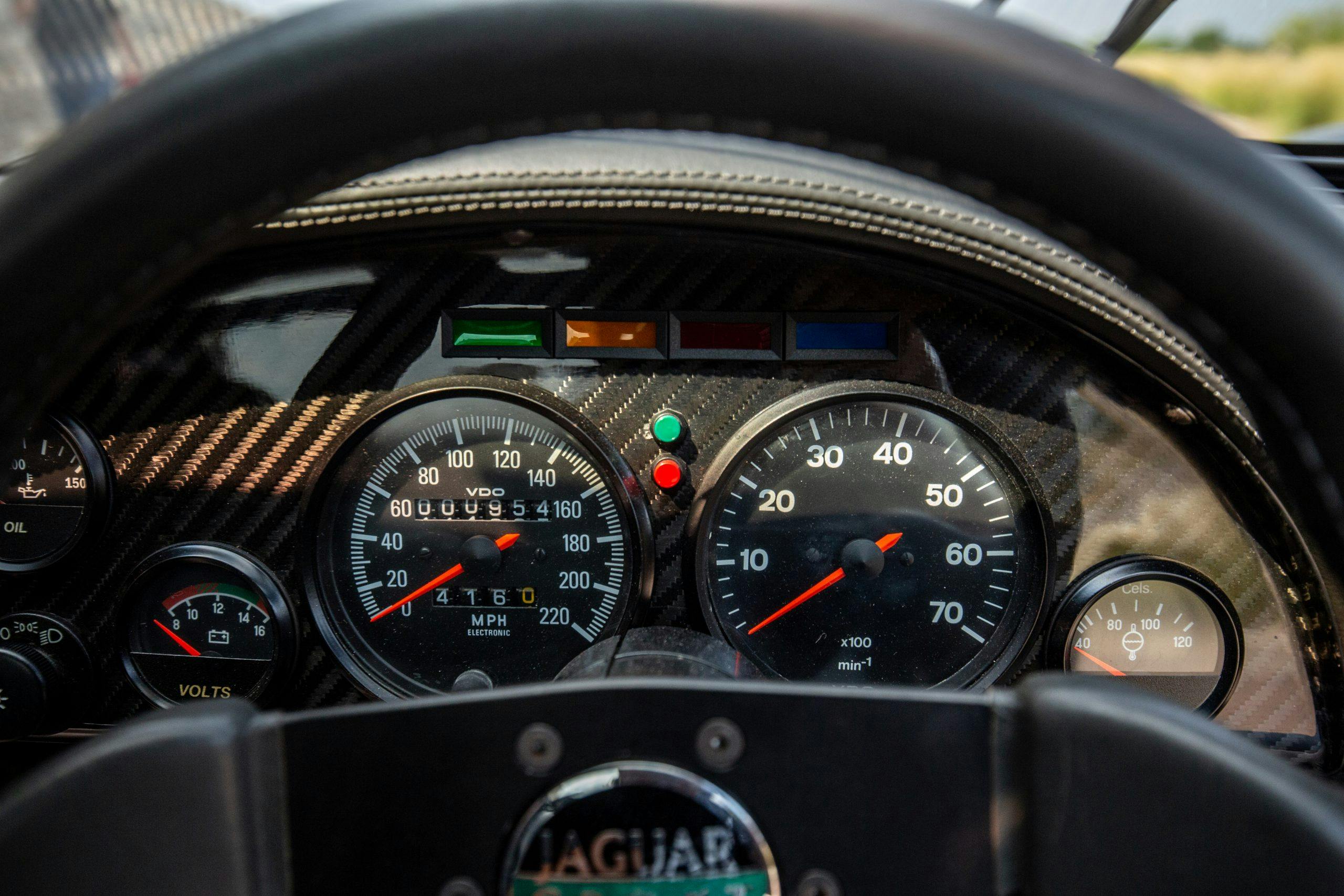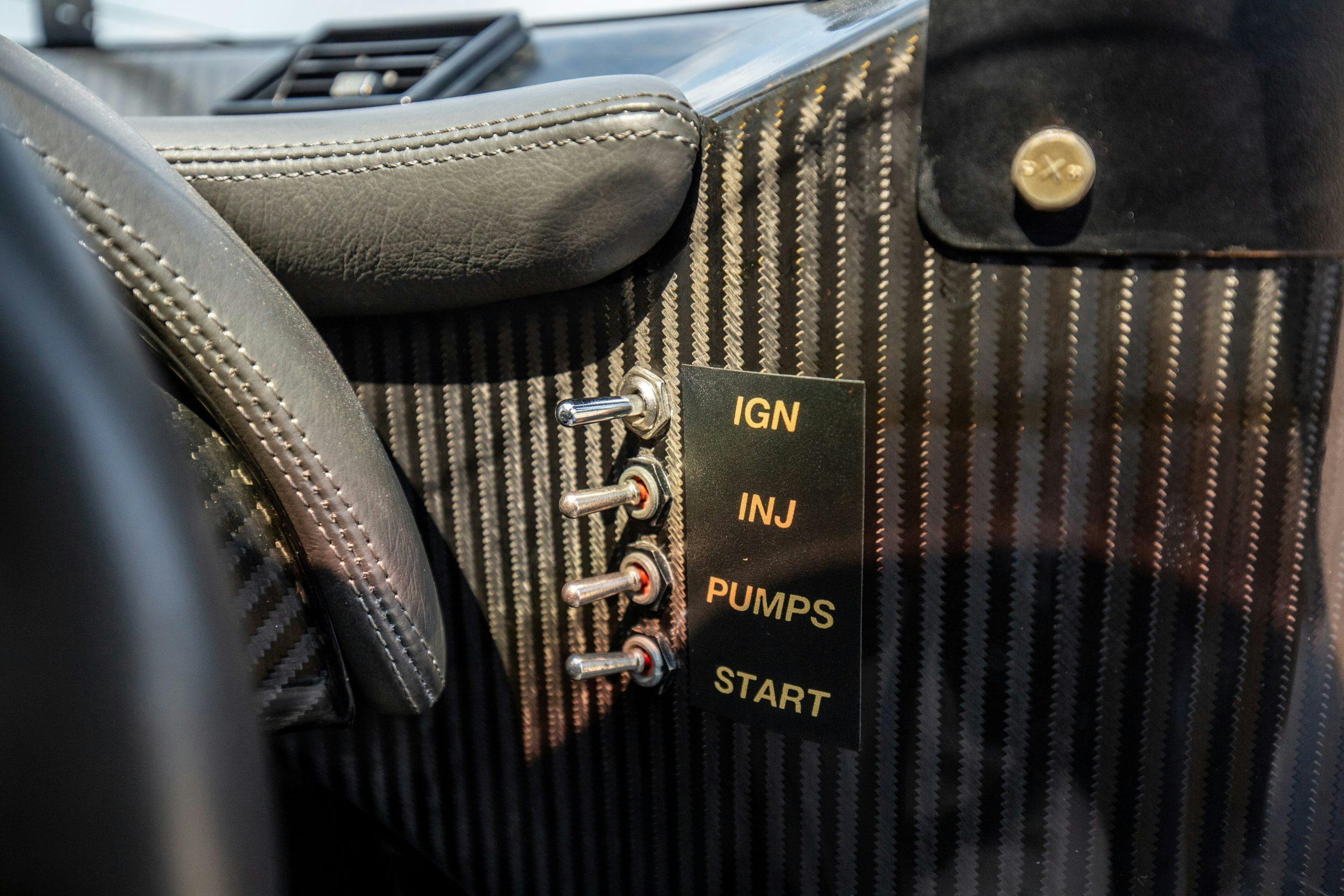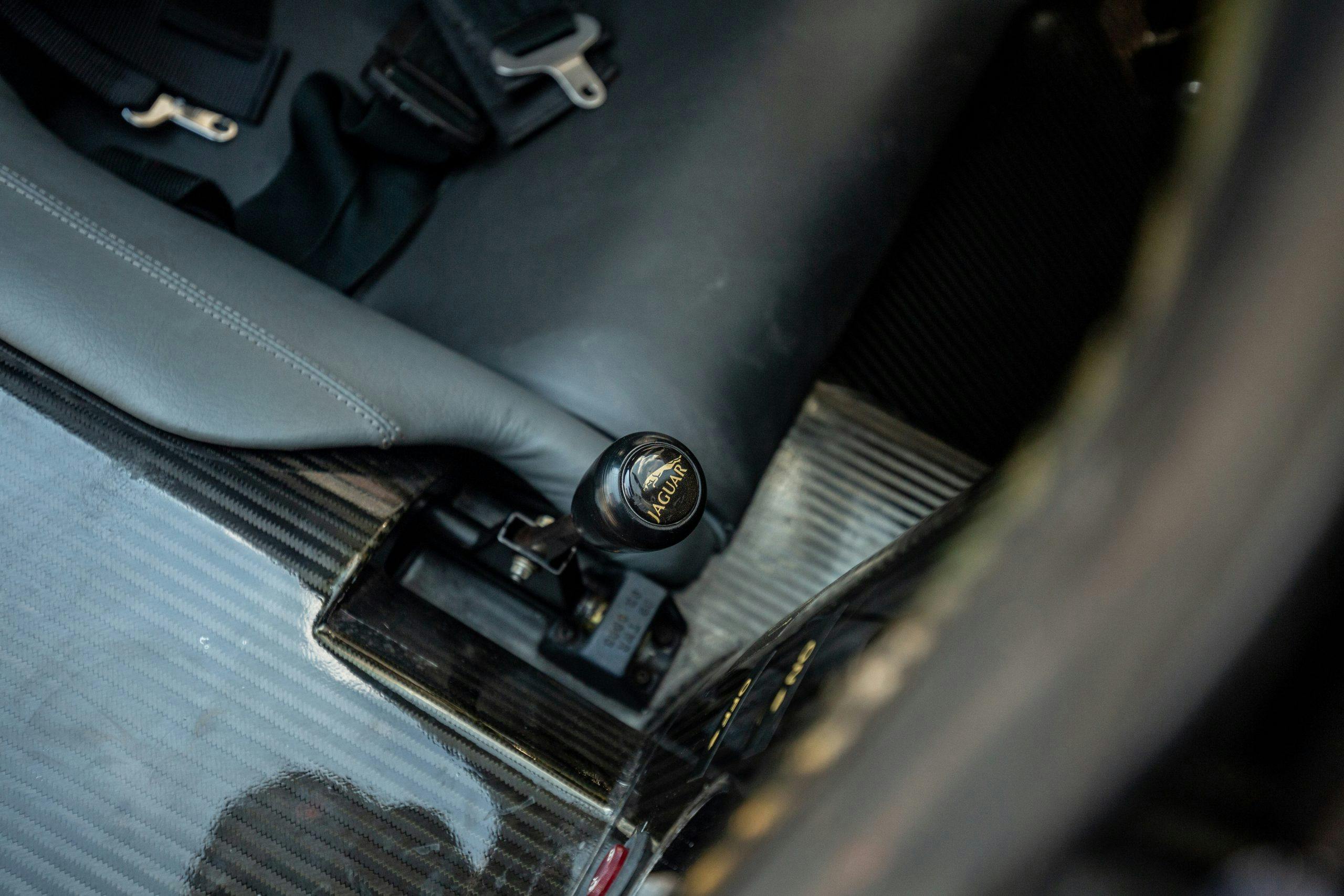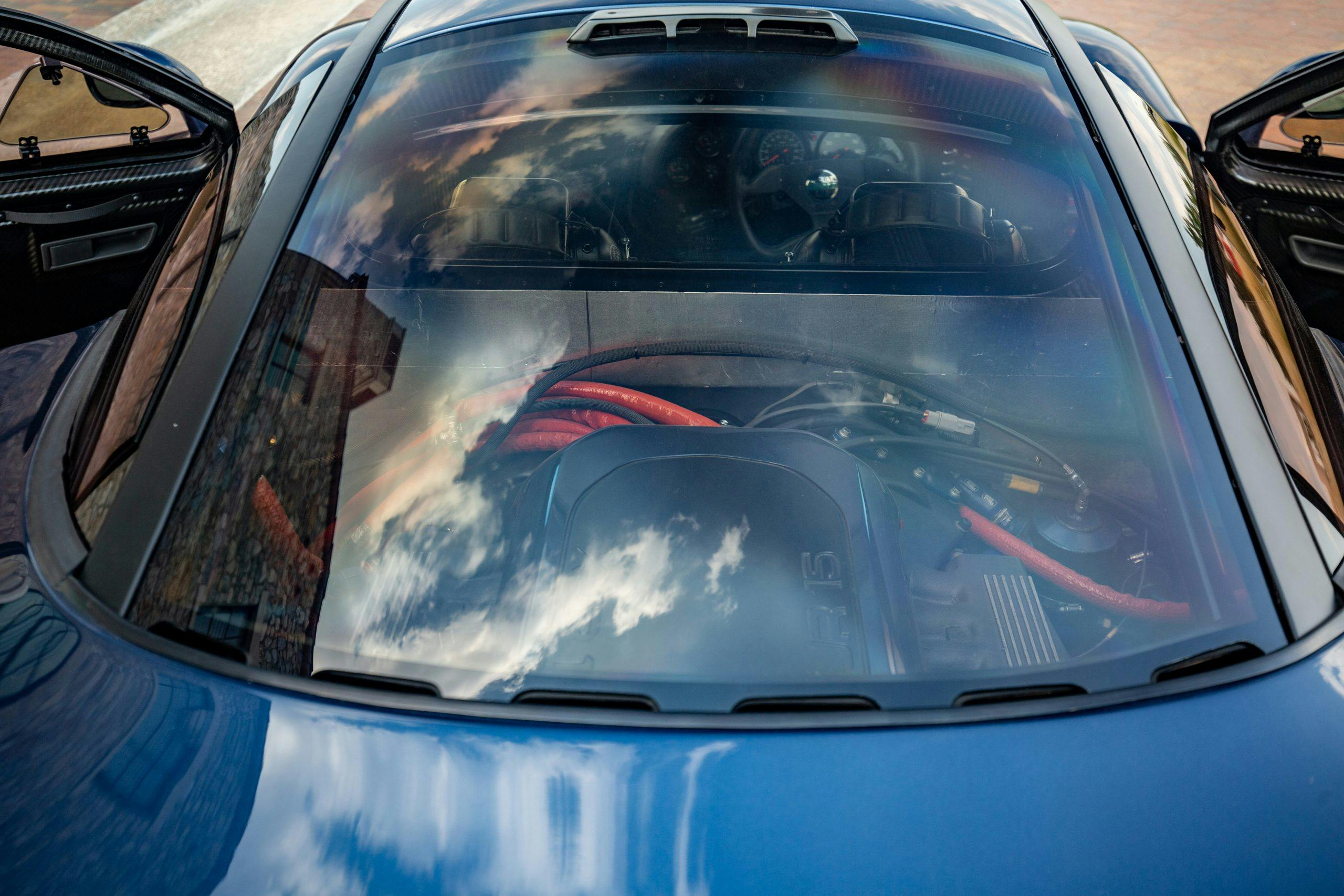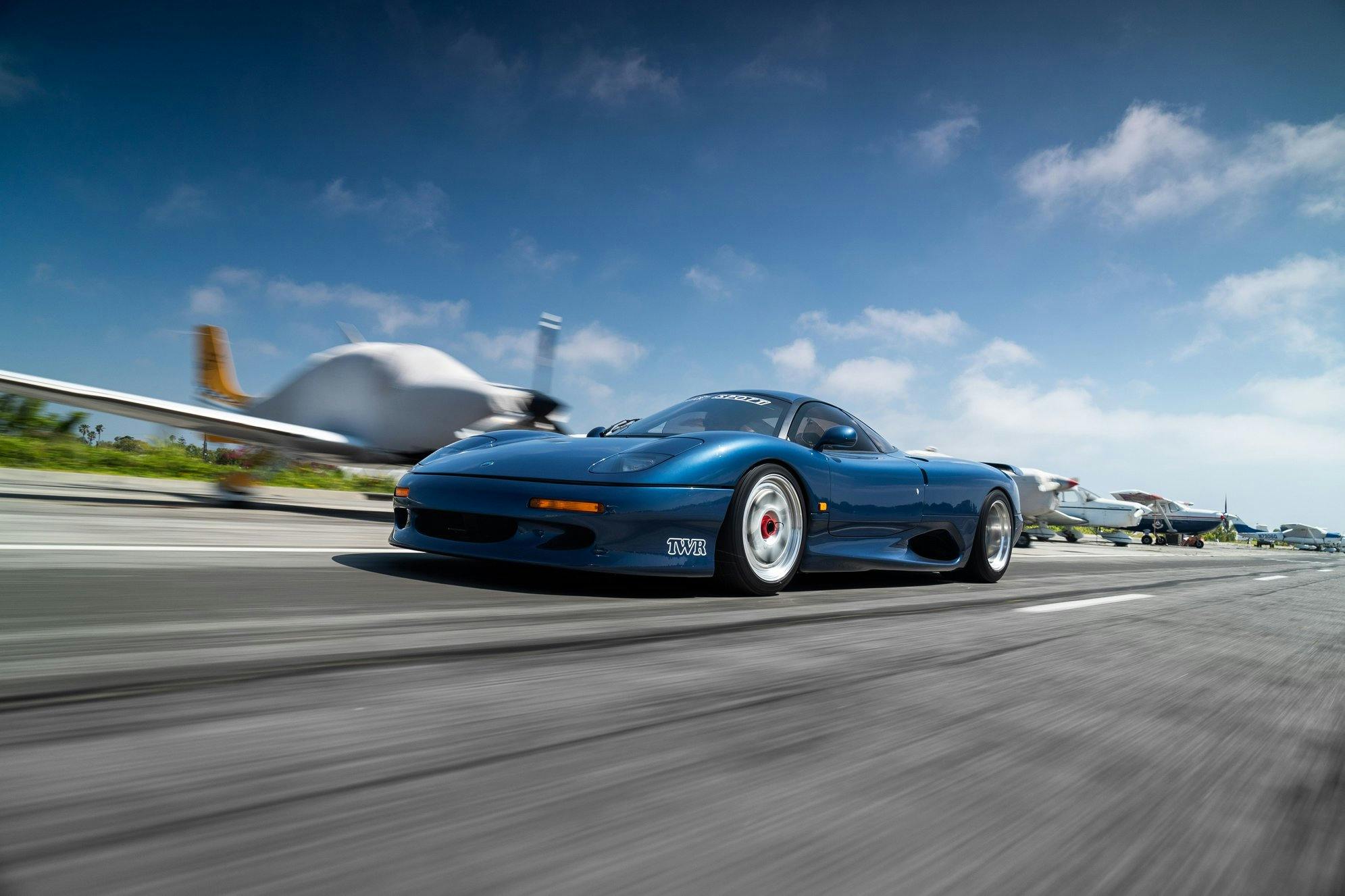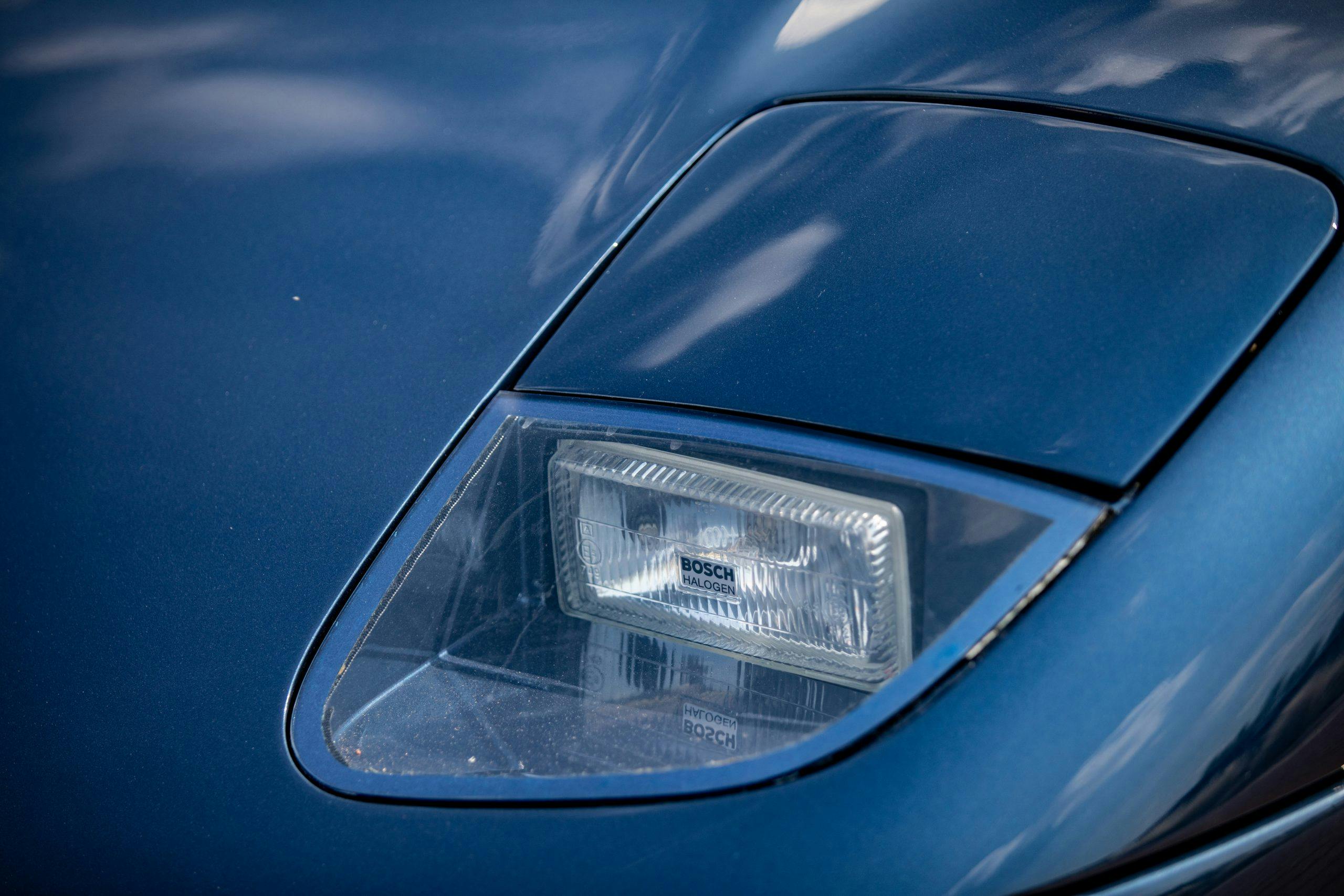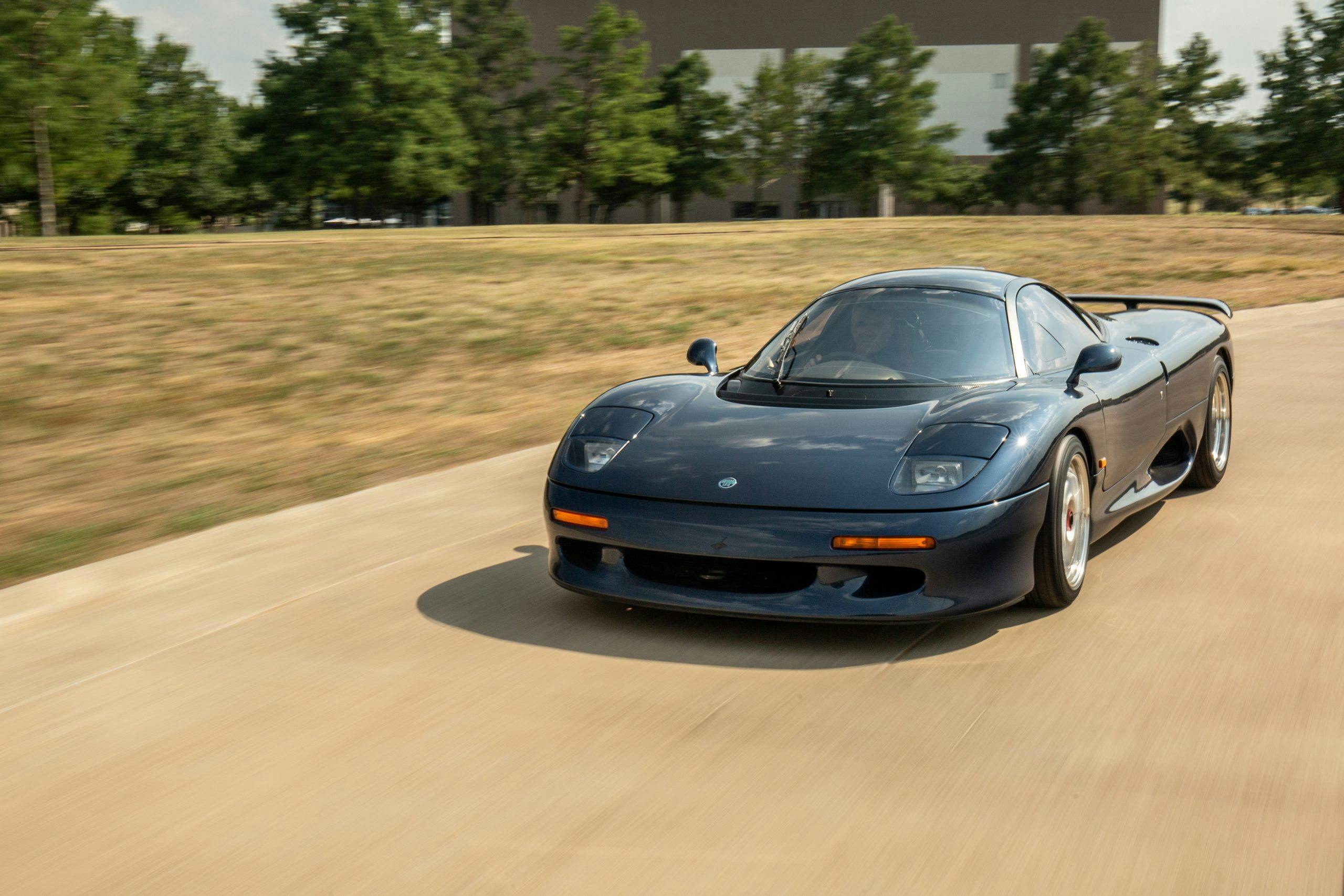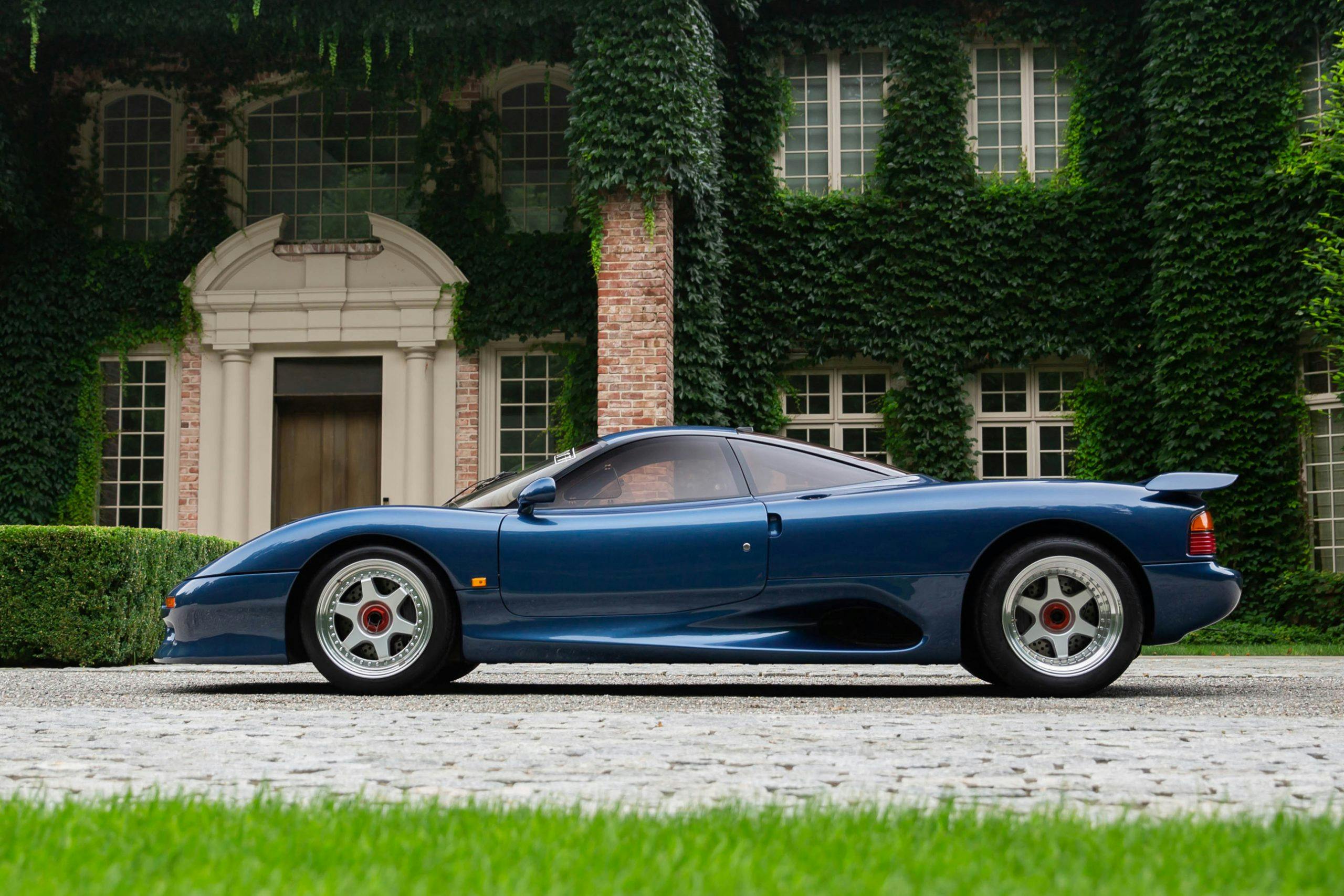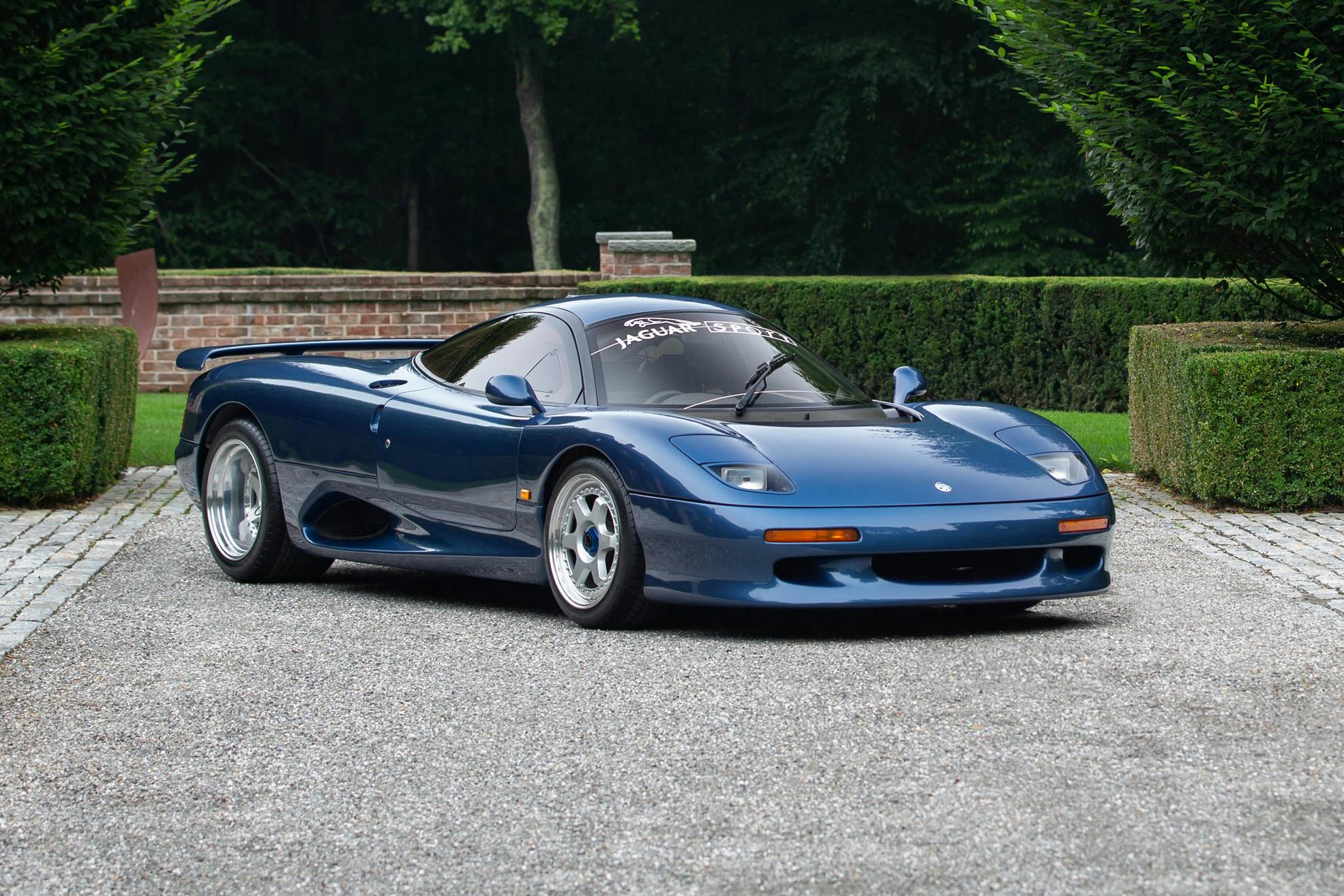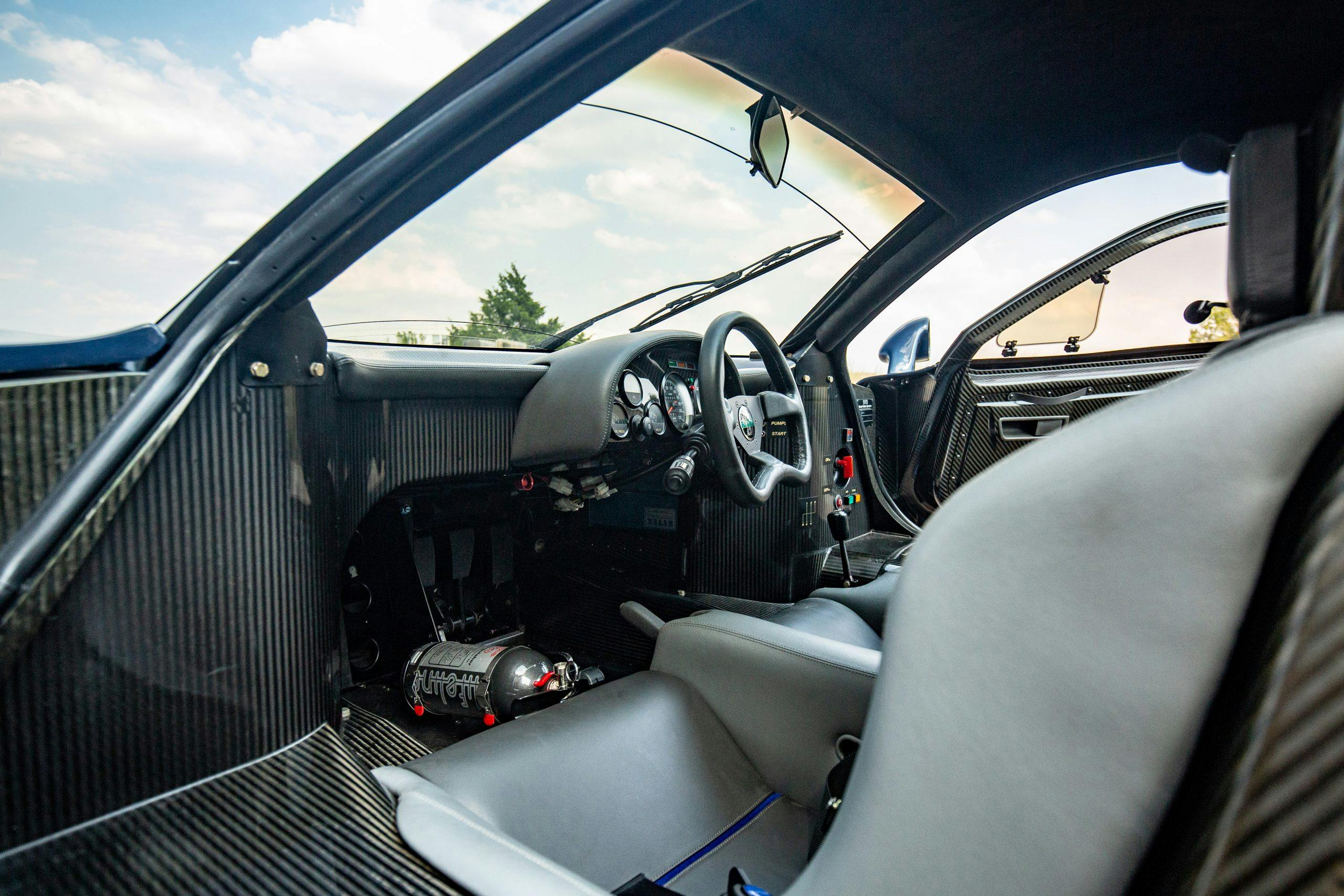The XJR-15 is Jaguar’s coolest (street-legal) car
When you’re shopping for one of the world’s rarest supercars, it can take years of waiting or searching the globe just to find one example for sale. Yet this year’s Monterey auctions, which have become a one-stop-shopping experience for those in search of rare cars, will host not one but two examples of Jaguar’s coolest modern car, the XJR-15. One will be crossing the block with RM Sotheby’s at the Monterey Conference Center, the other with Broad Arrow Auctions* at the Monterey Jet Center.
What is an XJR-15? The short answer: Jaguar’s other ’90s supercar, not to be confused with the XJ220. It’s lesser-known, and for a reason. Whereas the XJ220 is certainly rare, with just 282 built, the XJR-15 makes it look as common as an uninsured Altima. Just 50 XJR-15s saw the light of day (some sources say 53), and nearly half of those are race cars.
“Race car for the road” is an auto-journalism cliché like “go-kart handling,” but in the XJR-15’s case the phrase is not hyperbole: This really is a racer with number plates. After Jaguar’s XJR-9 triumphed at Le Mans in 1988, giving the company its sixth checkered flag at the 24-hour endurance classic, Scottish racer Tom Walkinshaw saw an opportunity. In Walkinshaw’s mind, the 12-cylinder champion could be turned into a usable, albeit quite hardcore, street car. He was in a good place to realize his idea, since Tom Walkinshaw Racing (TWR) was the firm that actually built and campaigned Jaguar’s prototype (from scratch; not production car–based) racers.
JaguarSport (a subsidiary of Jaguar and TWR) didn’t do much to make the XJR-15 streetable. The most obvious change is the bodywork, for which TWR tapped designer Peter Stevens (of Lotus Esprit and, later, McLaren F1 fame). The cockpit is wider and the roof taller than those in the race car, but the silhouette remains low and purposeful shape, and the panels are still made out of carbon fiber. Combined with the XJR-9’s woven monocoque, the XJR-15 was the world’s first all-carbon road car. The engine, meanwhile, is a 6.0-liter, 450-hp version of the venerable Jag V-12, mated to either a 6-speed manual with straight-cut gears or a more livable 5-speed with synchromesh. Suspension was carried over from the XJR-9 as well, with wishbones and pushrod spring dampers up front and coil springs in rear. AP Racing steel brakes (carbon-ceramic rotors hadn’t quite made it to road cars yet) bring the 2300-pound cat to a stop.
Unlike the XJ220, the XJR-15 didn’t make any attempt to cosset its occupants. The interior is very much that of a racer, with a whole starting procedure of switches and buttons, exposed carbon fiber, and a beefy Nardi steering wheel with concave bottom. There is air conditioning, but the windows are fixed, and only a small triangular section pops out at the front of each to let in air. Mostly hot air, too, since the windows are downwind from the front-mounted radiator. And even though the seats are comically close together, the XJR-15 came new with a pair of radio headsets so that occupants could hear each other speak. Sounds like a gimmick, but owners have said it’s a helpful feature if you want to have anything resembling a conversation.

Headsets and all, the whole car sold new for the equivalent of about a million dollars. And that’s in 1991 money. But the XJ-R-15 was never meant to be a volume seller. Production was only planned to be 50 units, and several of them sold to Japan during its car-hungry, bubble-economy heyday.
Just 27 road-going XJR-15s were built, while the rest were destined for use as track cars in a one-make series called Jaguar Intercontinental Challenge. A support race series for the Formula 1 World Championship, it put the Jags head to head at Monaco, Silverstone and Spa for a grand price of $1M, enough to make your money back.
But as the ’90s progressed, it didn’t take long for the XJR-15 to fade into relative obscurity. It sold in tiny numbers and the Jaguar Intercontinental Challenge that showcased it lasted just one season. Jaguar’s own XJ220, followed by the McLaren F1, soon stole the spotlight.
Only a handful of XJR-15s have sold at auction in recent years and most brought well under seven figures, but interest in race-bred ’90s performance has seen a huge upswing. XJR-15s offered privately reflected that. In 2021, we saw an XJR-15 at auction in Monterey—chassis 028, which sold for $1,902,500. A year later, two of these ultra-rare cats are crossing the block in the same month.
The XJR-15 offered by RM Sotheby’s is car 018. RM calls it the “Japan Study Car” because it was used for aerodynamic studies and hybrid energy-recovery systems testing by a former Nismo Racing engineer (Nissan’s own R390 was heavily influenced by the XJR-9/XJR-15). A 5-speed car, it was restored in 2015 and shows just 954 miles. Presale estimate is $1,200,000–$1,400,000.
Car 005, the XJR-15 offered by Broad Arrow, looks nearly identical save for some extra (but correct) decals. It reportedly spent some of its life in Japan and more recently received extensive mechanical servicing plus an upgraded air-conditioning system and a front- and rear-axle lift system. It shows 669 miles and has a higher estimate: $1,600,000–$1,900,000.
Two XJR-15s coming up for sale in the same year is an uncommon occurrence, let alone at the same time and in the same place. That’s why we’ll be watching this pair closely. We don’t know the next time we’ll see another.
Are you planning to attend Monterey Car Week? Keep up to date on the latest news and events by subscribing to our special-edition newsletter or text Pebble22 to 227588 (CAR LUV) for real-time event updates straight to your phone.
*Hagerty has entered into a joint venture with Broad Arrow Group. You can read more about it here.
